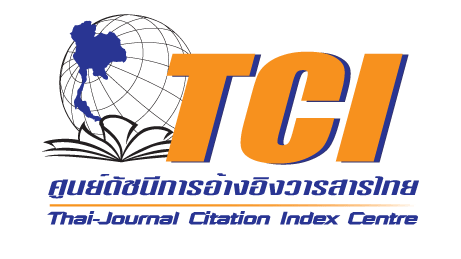ความสัมพันธ์ระหว่างพลังกล้ามเนื้อแบบไร้ออกซิเจนกับความเร็วในการออกตัวของนักกีฬารถแข่งคนพิการทีมชาติไทย
Keywords:
นักกีฬาคนพิการ, วิธีทดสอบแบบวินเกต, พลังกล้ามเนื้อแบบไร้อ๊อกซิเจน, ความเร็วในการออกตัว, wheelchair racers, Wingate Protocol, anaerobic power, anaerobic capacity, starting velocityAbstract
Correlation between anaerobic fitness and starting velocity
in Thai national team wheelchair racers
Tongsiri N, Kumnerddee W
Department of Physical Medicine and Rehabilitation, Phramongkutklao College of Medicine
Objectives: To determine the correlation between anaerobic fitness and starting velocity in Thai national team wheelchair racers.
Study design: Longitudinal study.
Setting: Sport Authority of Thailand.
Subjects: Eight Thai male national team wheelchair racers class T53 and T54 who were training in athletic camp from January to July 2008.
Methods: Anaerobic fitness testing was undertaken by arm crank ergometry using Wingate protocol. Starting velocity (SV) was monitored by two laser sensors which recorded participantsN maximal speed at 10 meter distance.
Anaerobic power (P5), anaerobic capacity (P30) and SV were measured twice in January and July 2008 during the regular athletic training. P5 and P30 were compared with SV in each measurement. Correlation of P5, P30 and SV difference were determined.
Results: Two of eight participants refused to perform anaerobic testing in July due to shoulder pain. Among 6 participants who completed both measurements, P30 showed significant correlation with SV at the January measurement (p = 0.018, r = 0.887). When results were
compared between both assessments, SV improved significantly from 3.38 ± 0.19 to 4.42 ± 0.31 m/s (p<0.001) whereas improvements of P5 and P30 were not statistically significant (p = 0.859 and 0.903 respectively). There was
no significant correlation between P5, P30 difference and SV difference (p = 0.310 and 0.117 respectively).
Conclusion: At the beginning of the training course, there was a high level of correlation between starting velocity and anaerobic capacity in T53, 54 participants. At the end of training course, starting velocity significantly increased without significant improvement of anaerobic capacity. There was no significant correlation between velocity and anaerobic capacity difference.





